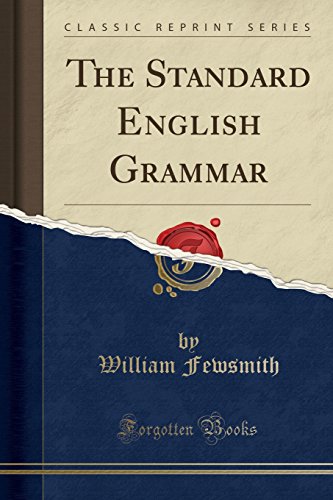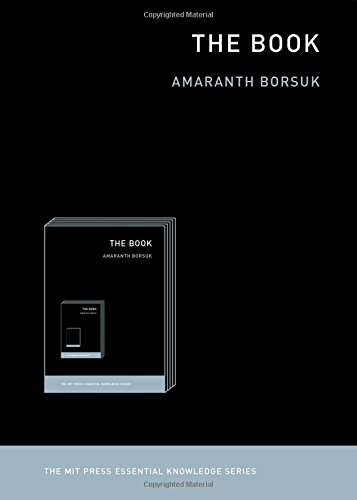
Lok aur Ved
Buy the book Lok aur Ved from Ideakart.com.
Category: Language, Linguistics & Writing
Postcolonial Elements in Amitav Ghosh’s the Shadow Lines

Examination Thesis from the year 2018 in the subject English – Literature, Works, language: English, abstract: The present paper is an attempt to examine the postcolonial impact on identity, culture and society. Amitav Ghosh does not restrict himself from describing the perilous days undergone during the partition of Bengal. He has interwoven and scrutinized the impacts of colonialism on the culture and society of two main neighboring cities, namely Calcutta and Dhaka. This novel throws light on the suppression faced by the people in the hands of the oppressors. The agony they felt has been realistically portrayed in the novel. Throughout the novel, the writer explicitly traces the postcolonial principles to show his interest in depicting the aftermath of colonization especially in an era after the emancipation. This paper, therefore, aims to explore the overall structure of the novel through postcolonial approach and provides examples from the novel regarding the application of some postcolonial elements such as identity crisis and otherness.
Buy the book Postcolonial Elements in Amitav Ghosh’s the Shadow Lines from Ideakart.com.
The Standard English Grammar (Classic Reprint)

Excerpt from The Standard English Grammar
Buy the book The Standard English Grammar (Classic Reprint) from Ideakart.com.
Word Study and English Grammar a Primer of Information about Words, Their Relations and Their Uses

Word Study and English Grammar A Primer of Information about Words, Their Relations and Their Uses Frederick W. (Frederick William) Hamilton Word study and English grammar are important to the young printer for several reasons. In the first place, disregard of the correct use and combination of words is a distinct mark of inferiority and a serious bar to business and social advancement. A man’s use of words is commonly taken as a measure of his knowledge and even of his intelligence. Carelessness in this regard often causes a man to be held in much less esteem than he really deserves. In the second place, it is quite as important that the printer should know something about the words and sentences which he puts on paper as it is that he should know something about the paper on which he puts them, or the type, ink, and press by means of which he puts them there. In the third place, knowledge of words and their uses is indispensable to correct proofreading which is itself a branch of the printer’s craft. A working knowledge of words and their relations, that is, of rhetoric and grammar is therefore a tool and a very important tool of the printer. This little book is not intended to be either a rhetoric or a grammar. It is only intended to review some of the simplest principles of both subjects, to point out a few of the commonest mistakes, and to show the importance to the apprentice of the careful study and constant use of some of the many books on words, their combinations, and their uses. We are delighted to publish this classic book as part of our extensive Classic Library collection. Many of the books in our collection have been out of print for decades, and therefore have not been accessible to the general public. The aim of our publishing program is to facilitate rapid access to this vast reservoir of literature, and our view is that this is a significant literary work, which deserves to be brought back into print after many decades. The contents of the vast majority of titles in the Classic Library have been scanned from the original works. To ensure a high quality product, each title has been meticulously hand curated by our staff. Our philosophy has been guided by a desire to provide the reader with a book that is as close as possible to ownership of the original work. We hope that you will enjoy this wonderful classic work, and that for you it becomes an enriching experience.
Buy the book Word Study and English Grammar a Primer of Information about Words, Their Relations and Their Uses from Ideakart.com.
The Aims and Methods of Scholarship in Modern Languages and Literatures (Classic Reprint)

Excerpt from The Aims and Methods of Scholarship in Modern Languages and Literatures
Buy the book The Aims and Methods of Scholarship in Modern Languages and Literatures (Classic Reprint) from Ideakart.com.
The Book (The MIT Press Essential Knowledge series)

The book as object, as content, as idea, as interface. What is the book in a digital age? Is it a physical object containing pages encased in covers? Is it a portable device that gives us access to entire libraries? The codex, the book as bound paper sheets, emerged around 150 CE. It was preceded by clay tablets and papyrus scrolls. Are those books? In this volume in the MIT Press Essential Knowledge series, Amaranth Borsuk considers the history of the book, the future of the book, and the idea of the book. Tracing the interrelationship of form and content in the book’s development, she bridges book history, book arts, and electronic literature to expand our definition of an object we thought we knew intimately. Contrary to the many reports of its death (which has been blamed at various times on newspapers, television, and e-readers), the book is alive. Despite nostalgic paeans to the codex and its printed pages, Borsuk reminds us, the term “book” commonly refers to both medium and content. And the medium has proved to be malleable. Rather than pinning our notion of the book to a single form, Borsuk argues, we should remember its long history of transformation. Considering the book as object, content, idea, and interface, she shows that the physical form of the book has always been the site of experimentation and play. Rather than creating a false dichotomy between print and digital media, we should appreciate their continuities.
Buy the book The Book (The MIT Press Essential Knowledge series) from Ideakart.com.
Best Niece Ever: Niece Birthday Gift Cute Notebook

Niece Birthday Gift Cute Notebook. 6×9 lined journal
Buy the book Best Niece Ever: Niece Birthday Gift Cute Notebook from Ideakart.com.
The Aims and Methods of Scholarship in Modern Languages and Literatures (Classic Reprint)

Excerpt from The Aims and Methods of Scholarship in Modern Languages and Literatures
Buy the book The Aims and Methods of Scholarship in Modern Languages and Literatures (Classic Reprint) from Ideakart.com.
The Book (The MIT Press Essential Knowledge series)

The book as object, as content, as idea, as interface. What is the book in a digital age? Is it a physical object containing pages encased in covers? Is it a portable device that gives us access to entire libraries? The codex, the book as bound paper sheets, emerged around 150 CE. It was preceded by clay tablets and papyrus scrolls. Are those books? In this volume in the MIT Press Essential Knowledge series, Amaranth Borsuk considers the history of the book, the future of the book, and the idea of the book. Tracing the interrelationship of form and content in the book’s development, she bridges book history, book arts, and electronic literature to expand our definition of an object we thought we knew intimately. Contrary to the many reports of its death (which has been blamed at various times on newspapers, television, and e-readers), the book is alive. Despite nostalgic paeans to the codex and its printed pages, Borsuk reminds us, the term “book” commonly refers to both medium and content. And the medium has proved to be malleable. Rather than pinning our notion of the book to a single form, Borsuk argues, we should remember its long history of transformation. Considering the book as object, content, idea, and interface, she shows that the physical form of the book has always been the site of experimentation and play. Rather than creating a false dichotomy between print and digital media, we should appreciate their continuities.
Buy the book The Book (The MIT Press Essential Knowledge series) from Ideakart.com.
Best Niece Ever: Niece Birthday Gift Cute Notebook

Niece Birthday Gift Cute Notebook. 6×9 lined journal
Buy the book Best Niece Ever: Niece Birthday Gift Cute Notebook from Ideakart.com.